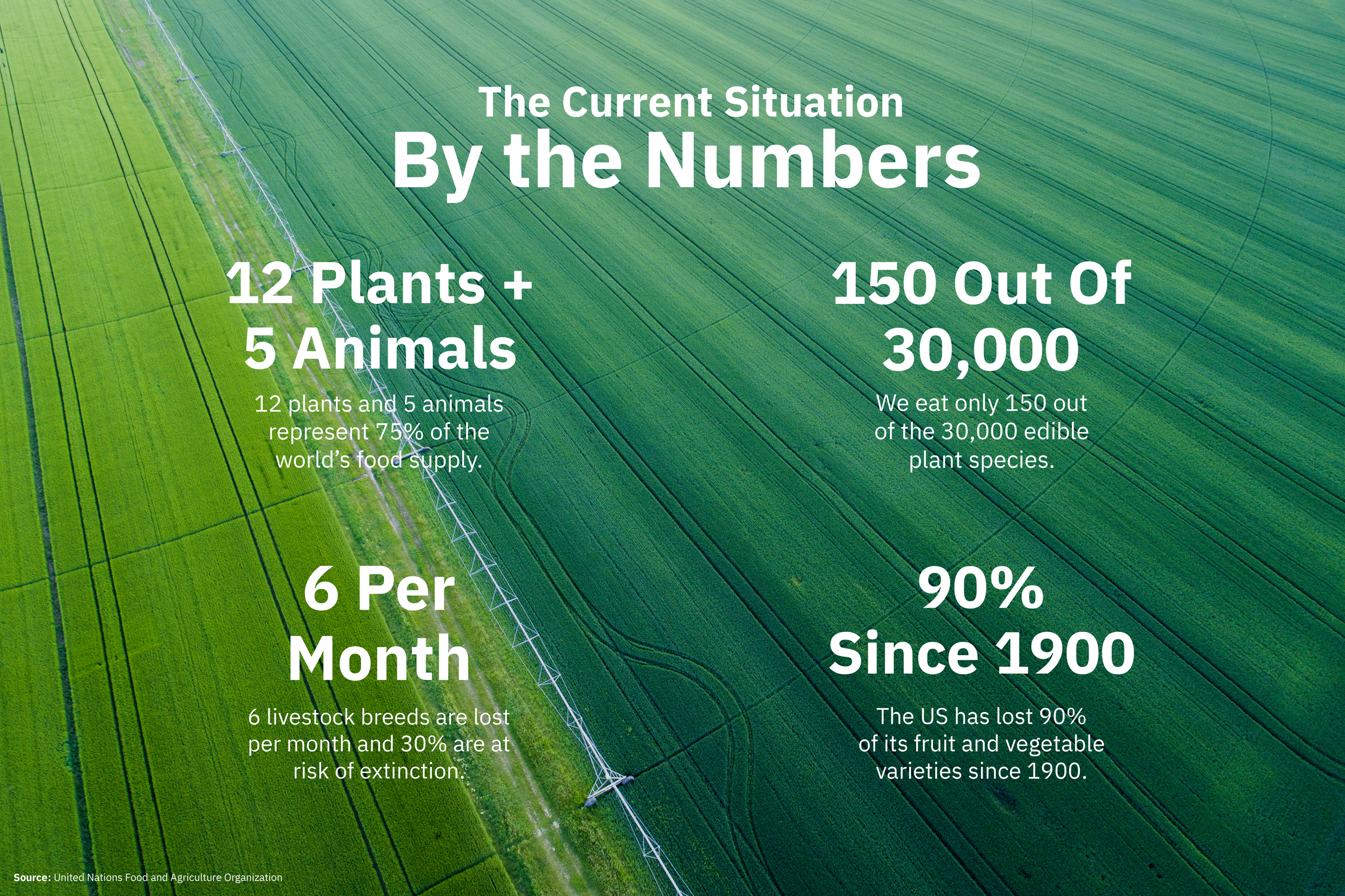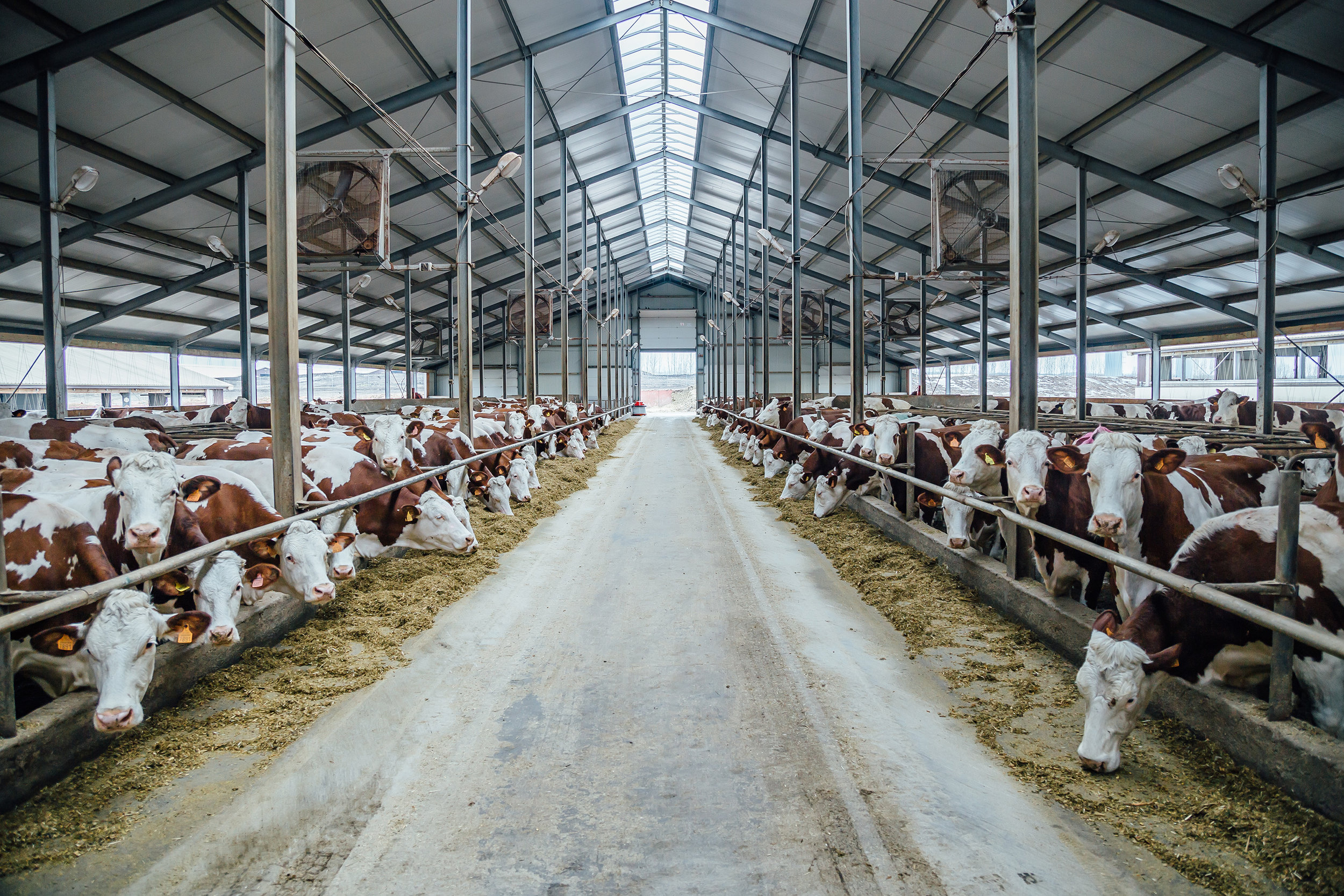- a future market deep dive -
The Future of Food is Biodiverse
About 75% of the world’s food comes from just 12 plants and 5 animal species, according to the United Nations Food and Agricultural Organization. The concentration around just a few foods makes our food system less resilient to threats like disease, pests, and climate change. It also ignores the deliciously diverse bounty of thousands of underutilized foods across the globe and the communities that cultivate them.
A Biodiverse food system is one that offers more variety and resilience. Biodiversity in food sits at the intersection of taste and sustainability, which is good for people, planet, and business. The conversation about Biodiversity in food is quickly gaining momentum and we want you to be ahead of the curve.
In this special deep dive about one of the most critical themes shaping the future of food, the Future Market, in collaboration with Food+Tech Connect, (who is publishing a Food Biodiversity editorial series, Jan 7-31, 2019) explores the importance of Biodiversity and how it impacts food producers and consumers alike.
Join the conversation online at #biodiversefood,
explore more below and read our essay on the case for Biodiversity.
What is biodiversity? What does it look like? How biodiverse is our food system today?
Biodiversity, or more specifically agrobiodiversity when referring to agriculture, is the variety and variability of plants, animals, micro-organisms, and biocultural systems linked to agriculture and food.
This variety and variability is essential for a healthy ecosystem and vital to all life. It is the complex, interconnected interactions and dependencies between a multitude of organisms—edible and not—that gives all our natural systems, the food system included, their resilience and ability to thrive.
In food, expanding our horizons to include a more diverse set foods into our diets helps to promote biodiversity while making our meals more interesting and nutritious. In essence, making the effort to discover new foods can help make the world a more biodiverse place.
These diverse food discoveries can reduce our reliance on just a few industrialized crops for our sustenance. For example, foods like Moringa, a nutrient-dense superfood from Southeast Asia, Fonio, a drought-resistant ancient grain from West Africa, or Kernza, a deliciously sustainable grain from the United States, all have the power to enrich our bodies, our planet, and the communities that cultivate these foods.
The Benefits of Biodiversity
Resilience
Biodiversity is key to mitigating farming and supply chain risk.
Having a wider and deeper gene pool in our agricultural system makes crops and livestock more resilient to pests and diseases, climate change, and extreme weather, which secures our food system.
Nutrition
A diverse diet, consisting of nutrient rich sources of food, is key to health.
As diets homogenize, diet-related disease, obesity, and micronutrient deficiencies are increasing quickly. There are many untapped foods with superior nutrient density that are outside of our major commodity crops: wheat, soy, and corn.
Sustainability
A more biodiverse food system is a more sustainable system.
Planting a wider variety of symbiotic crops either simultaneously or in rotation from season to season can rebuild soil health, reduce the need for pesticides and fertilizers, and provide a habitat for pollinators and pest predators.
Flavor
Diverse food species means diverse flavor experiences.
As eaters become more discerning and worldly in their food tastes, introducing more varieties of crops and animal species from around the world can bring value to eaters looking for new foods and flavors.
Food Security
Ensure that the world will have access to affordable, nutrient dense food
In the face of population growth, diminishing resources, and environmental degradation, a biodiverse agricultural system can better adapt to climate change and other threats.
Culture
Biodiversity helps preserve cultural traditions, local farming, and flavor.
Creating demand for a wider variety of foods from various cultures help support the farming communities and ways of living from many different countries.
#1 Plant: Sugar, 1.8BN Metric Tons
#1 Animal: Beef + Milk. 725MM Metric Tons
The Impact on Our Food
A look at what’s at stake when our everyday foods lack biodiversity.
The Biodiverse Grocery Shelf
What might a more biodiverse selection of foods look like at your average grocery store?
Click the image above to take a closer look at each concept product and more on our concept product page.
2019 Winter Biodiversity Exhibit
Scenes from our 2019 Winter Biodiversity Exhibit at the Fancy Food Show in San Francisco, CA.
Read recaps of our exhibit at Food Business News and New Hope
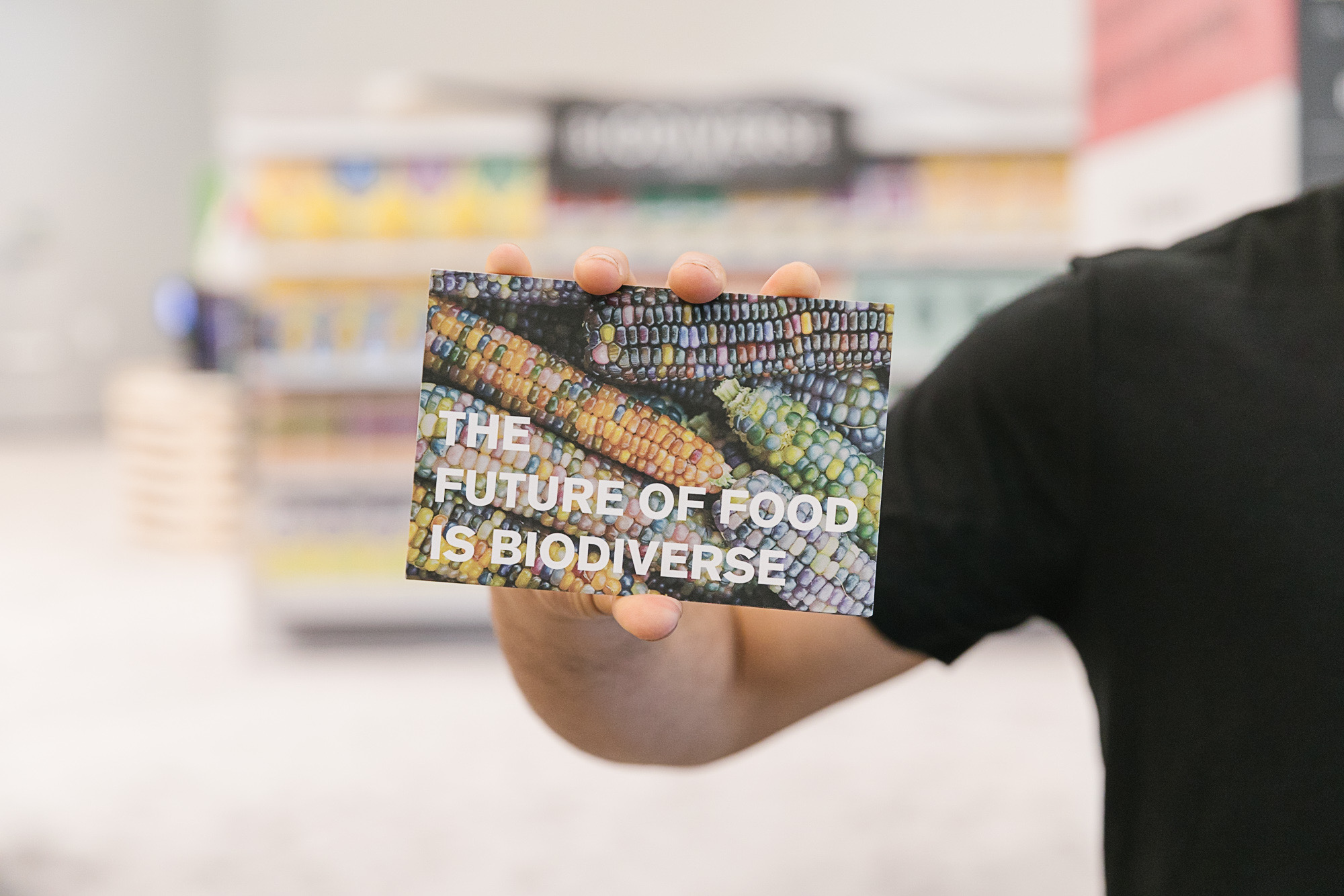
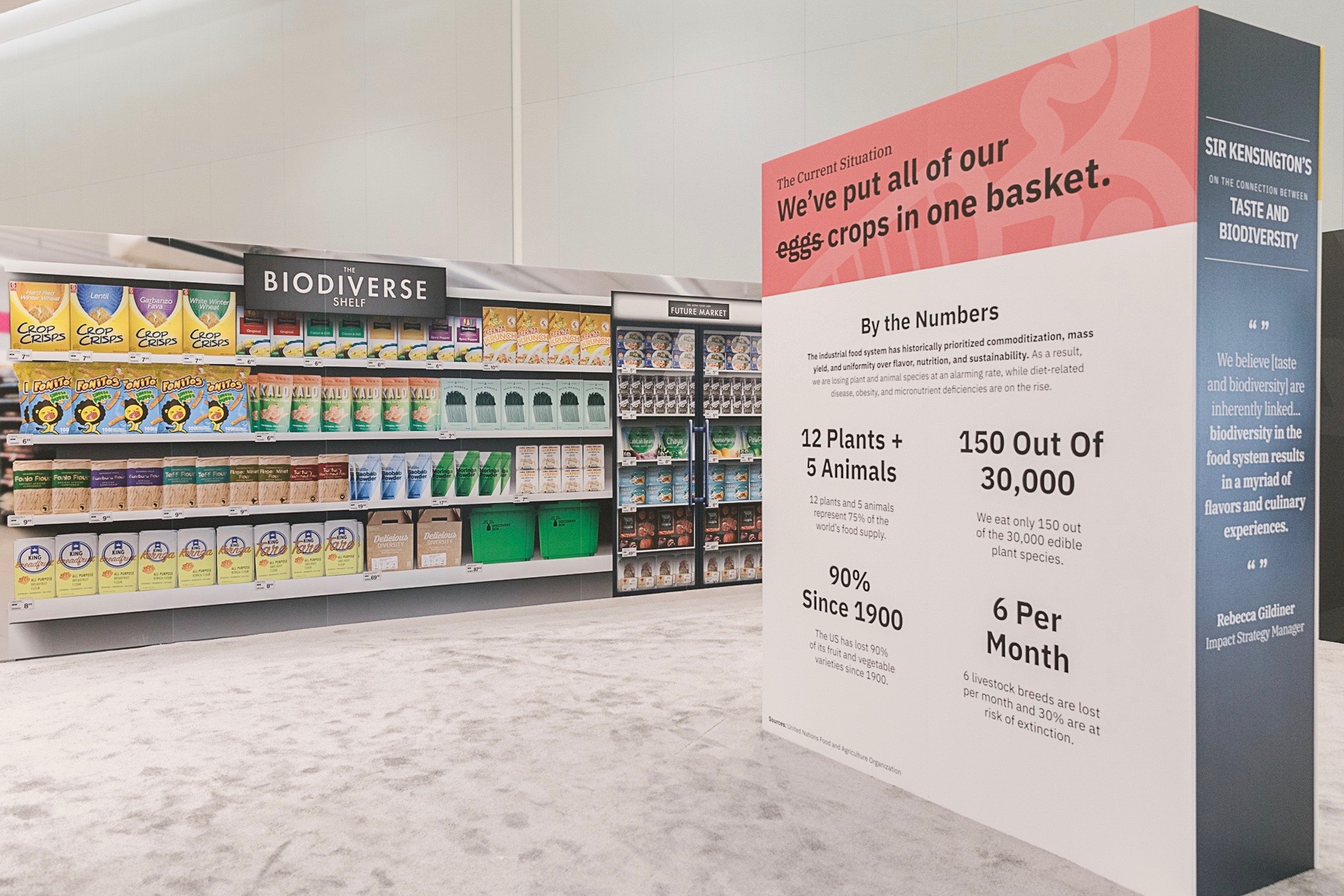
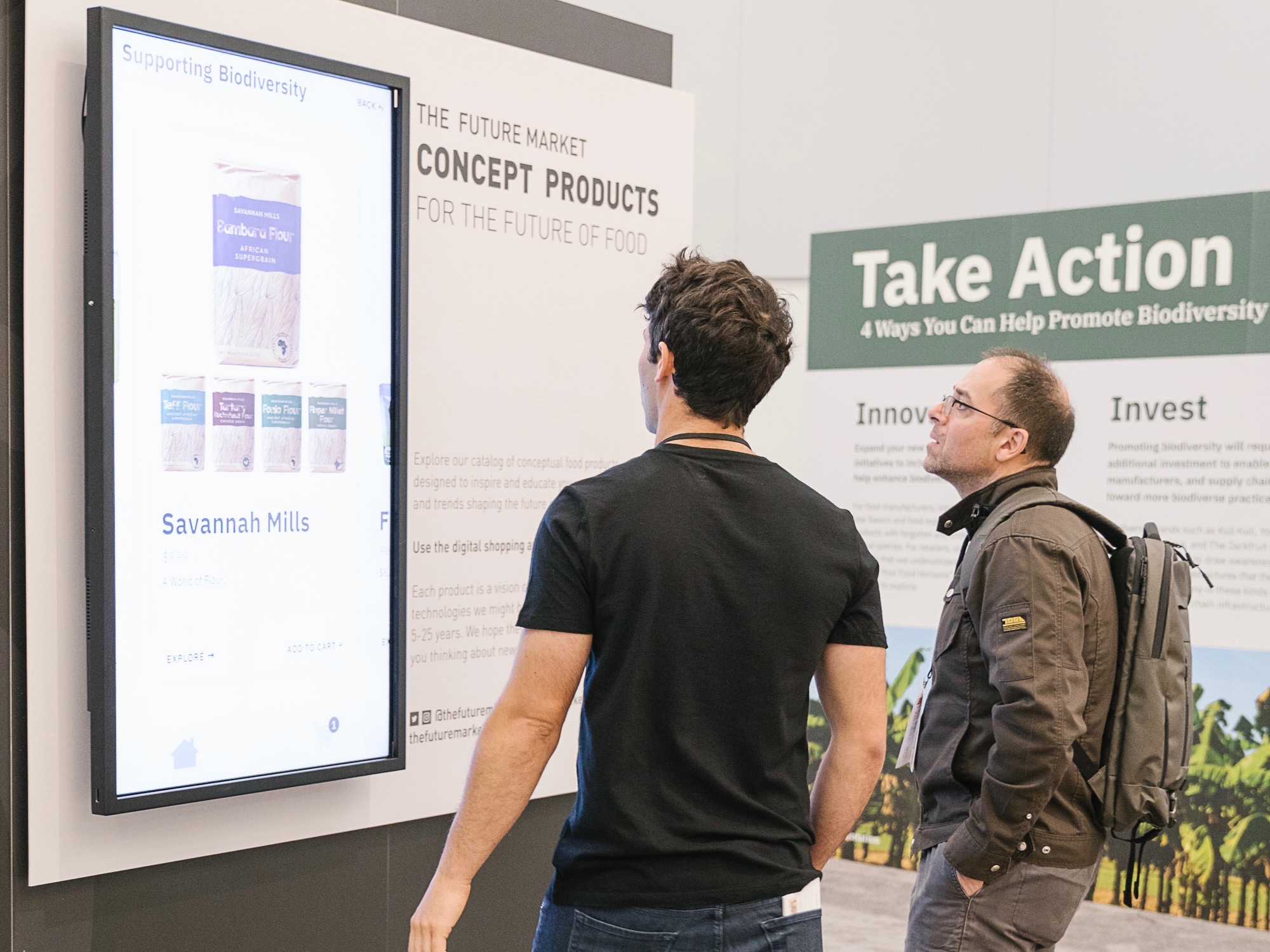
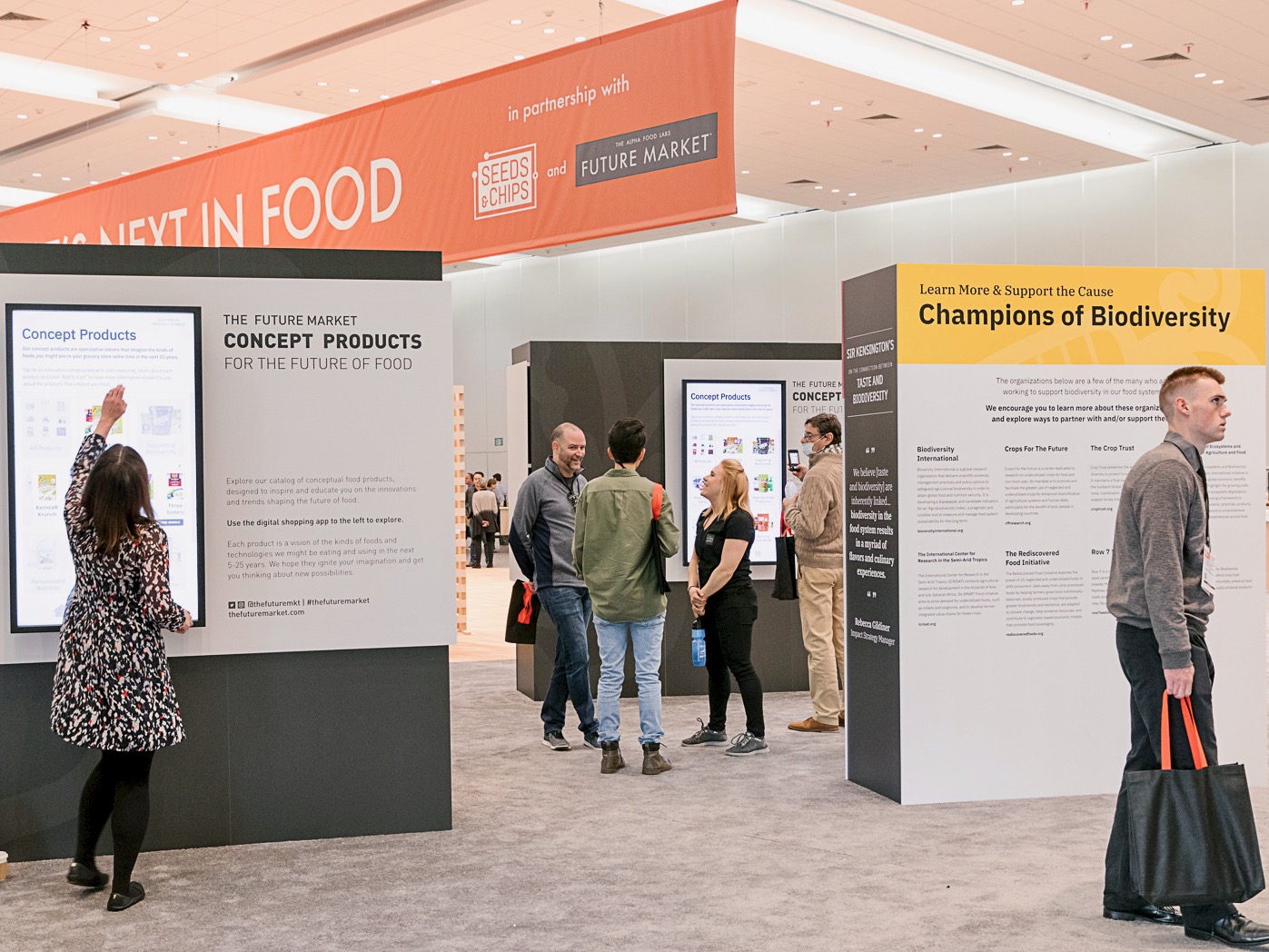


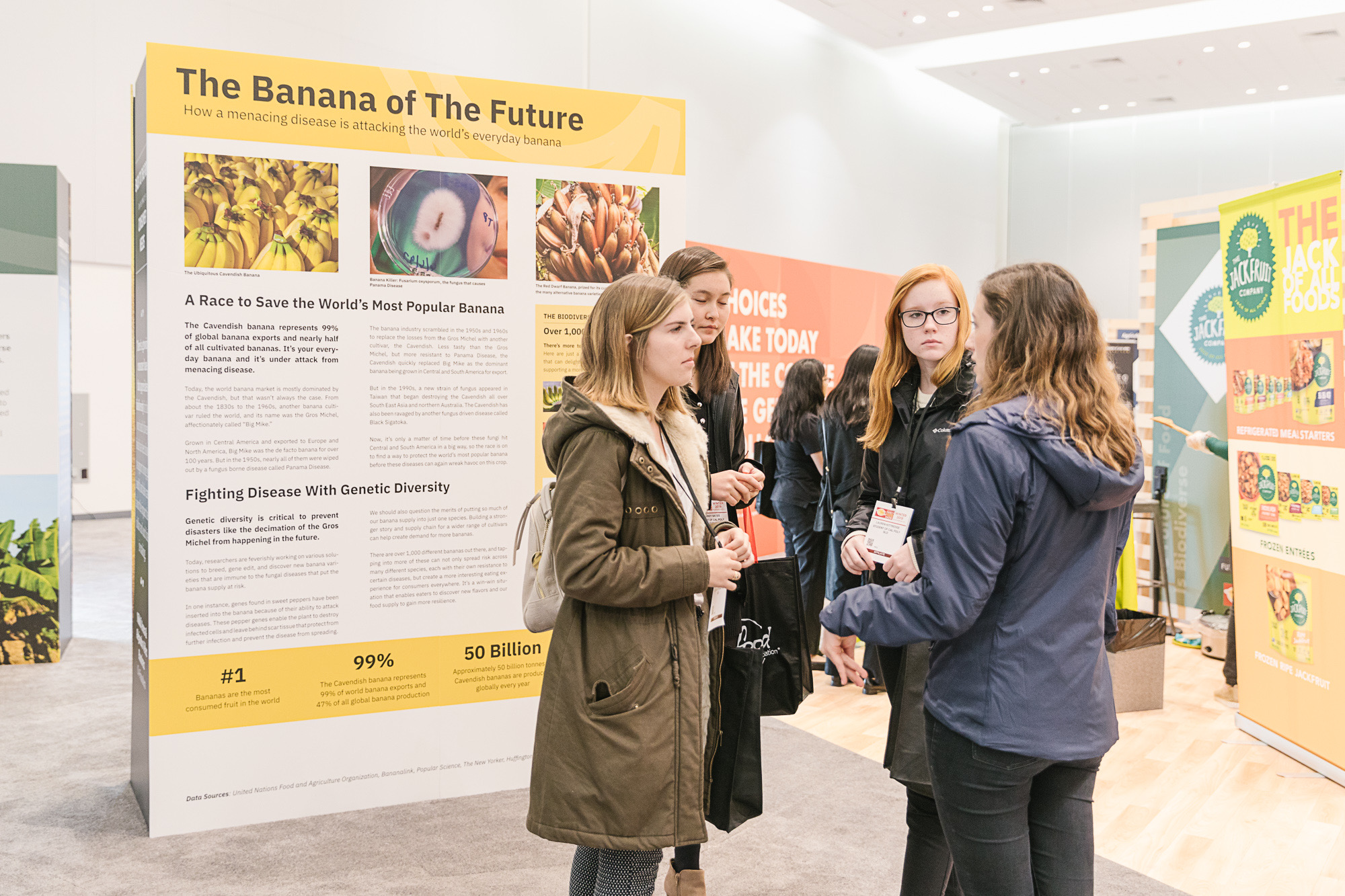
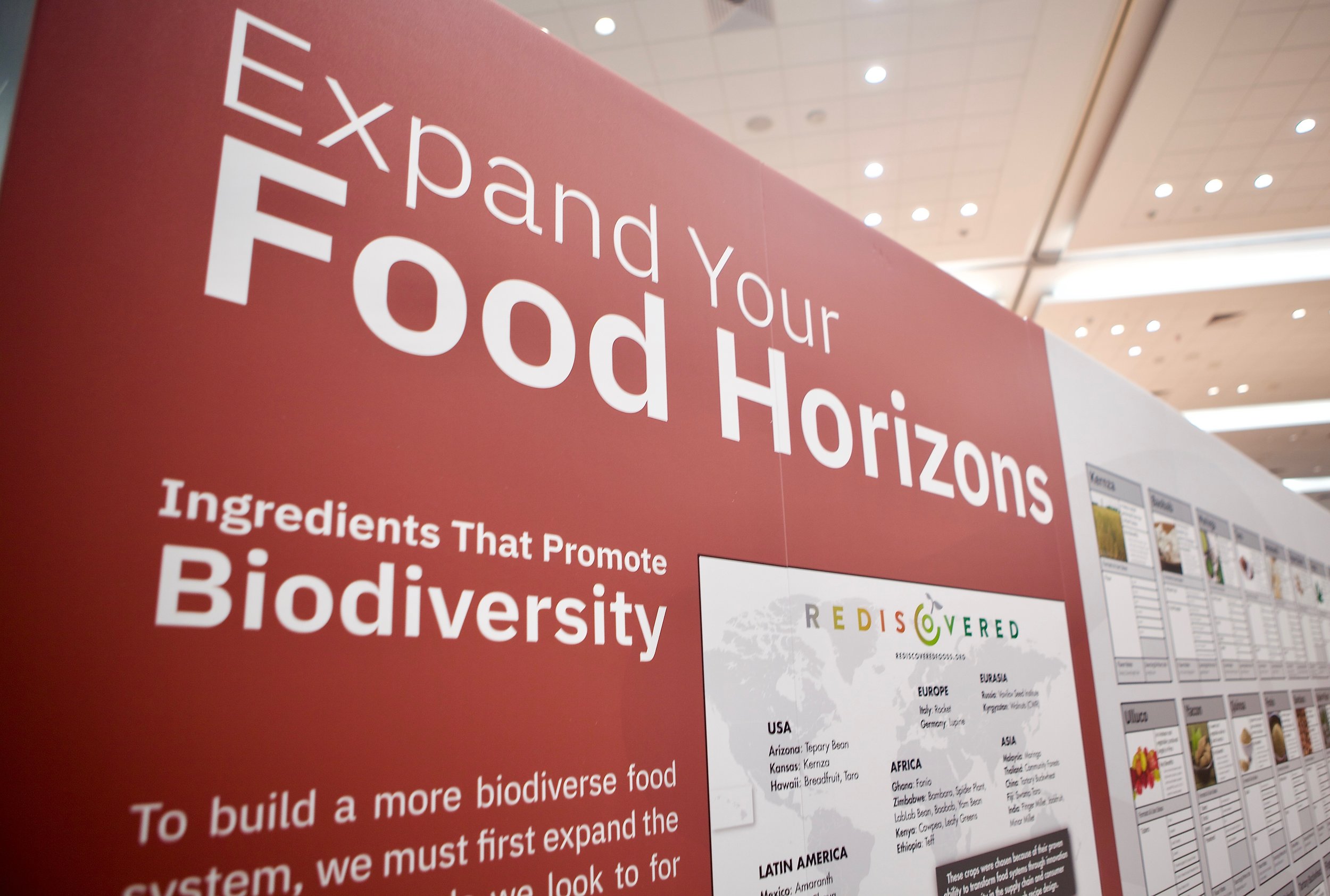
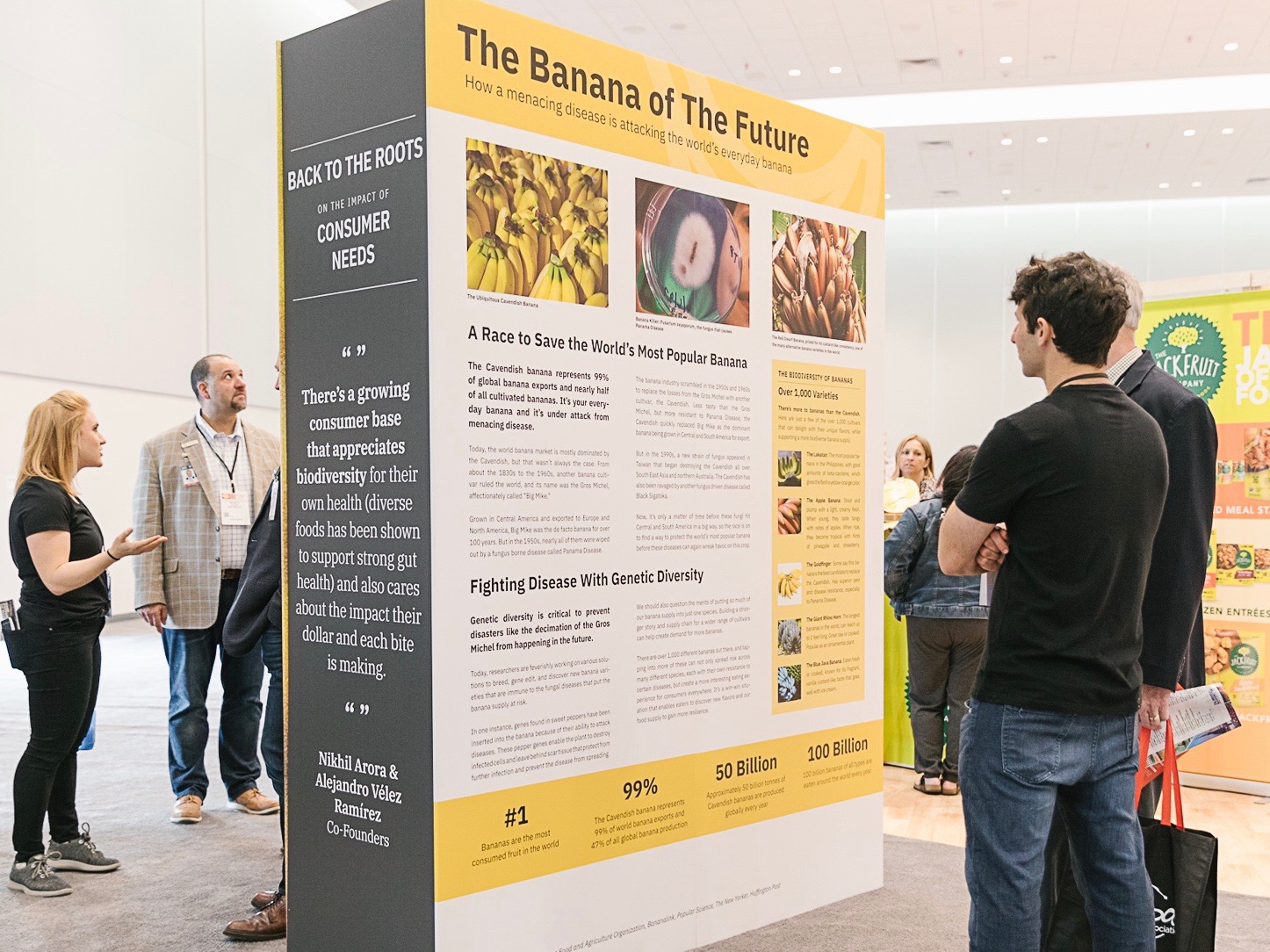
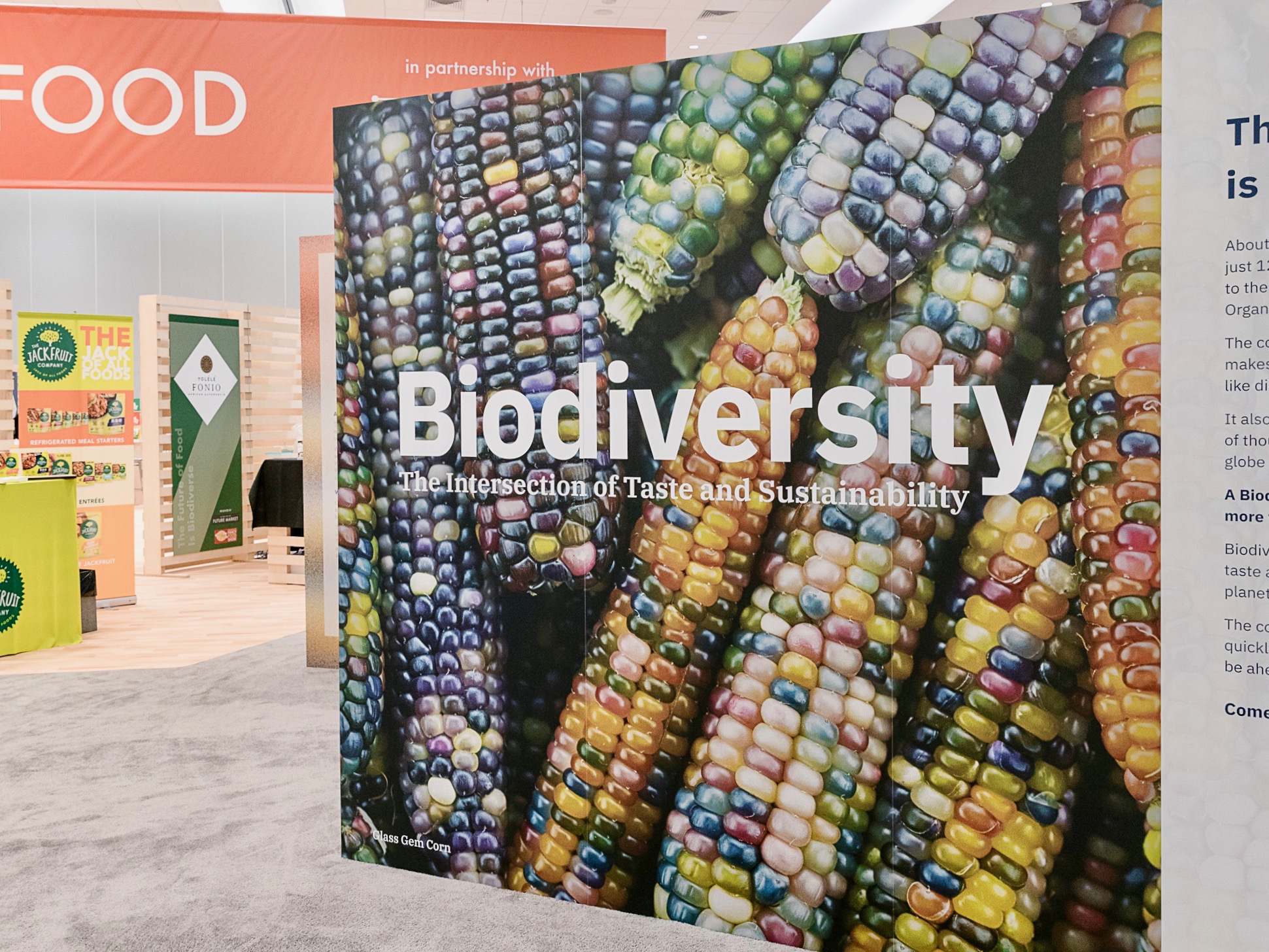
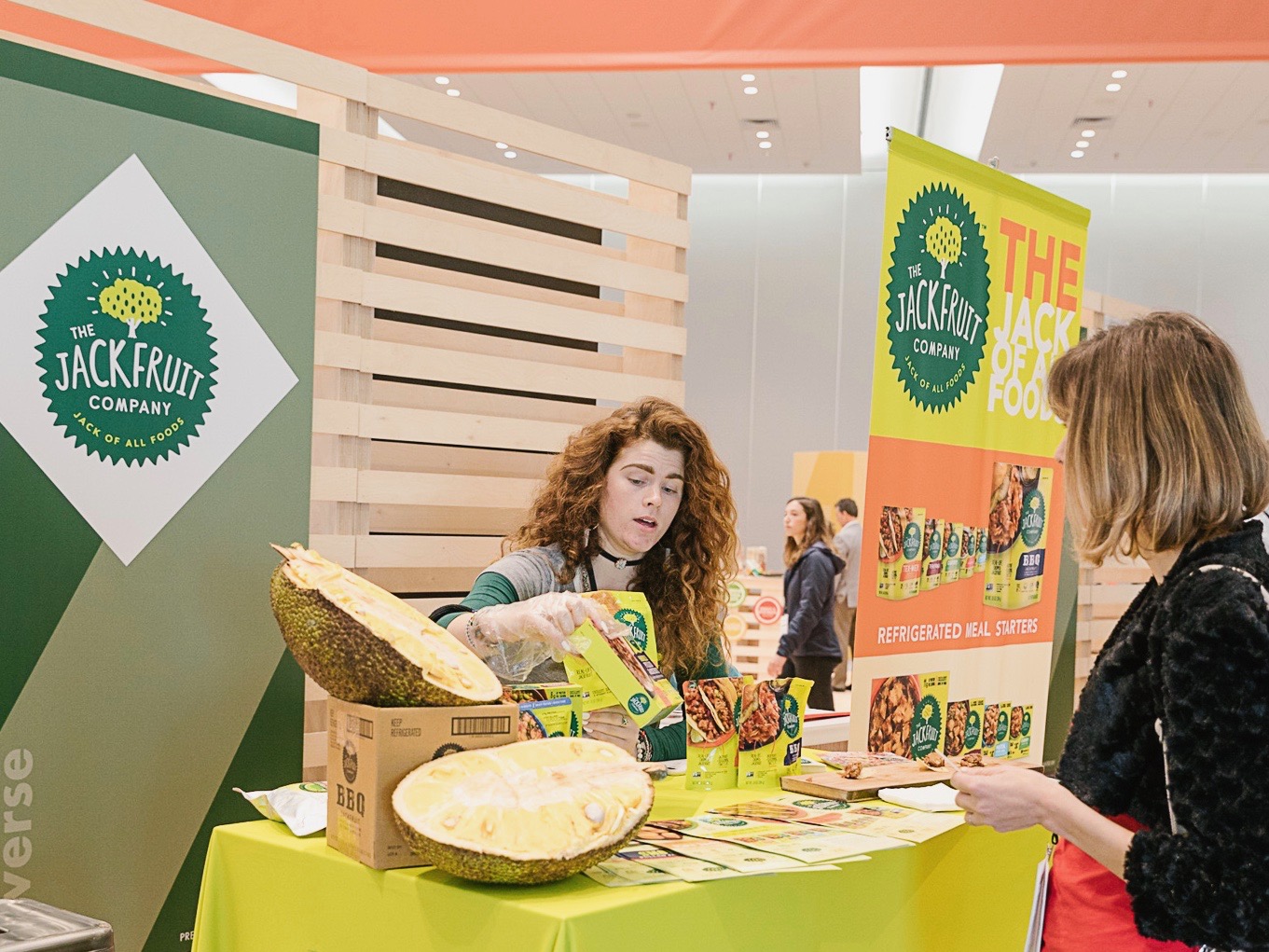
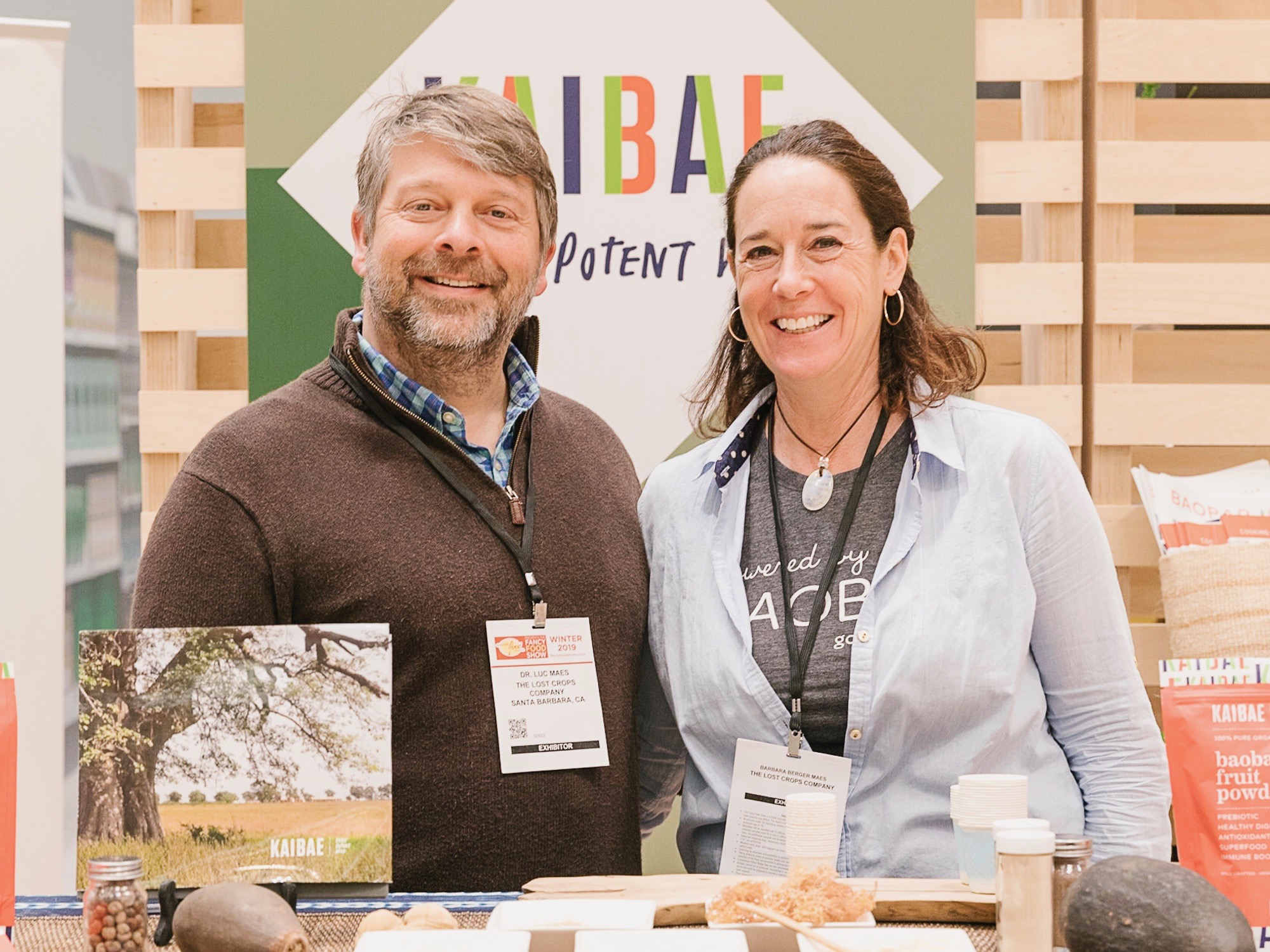
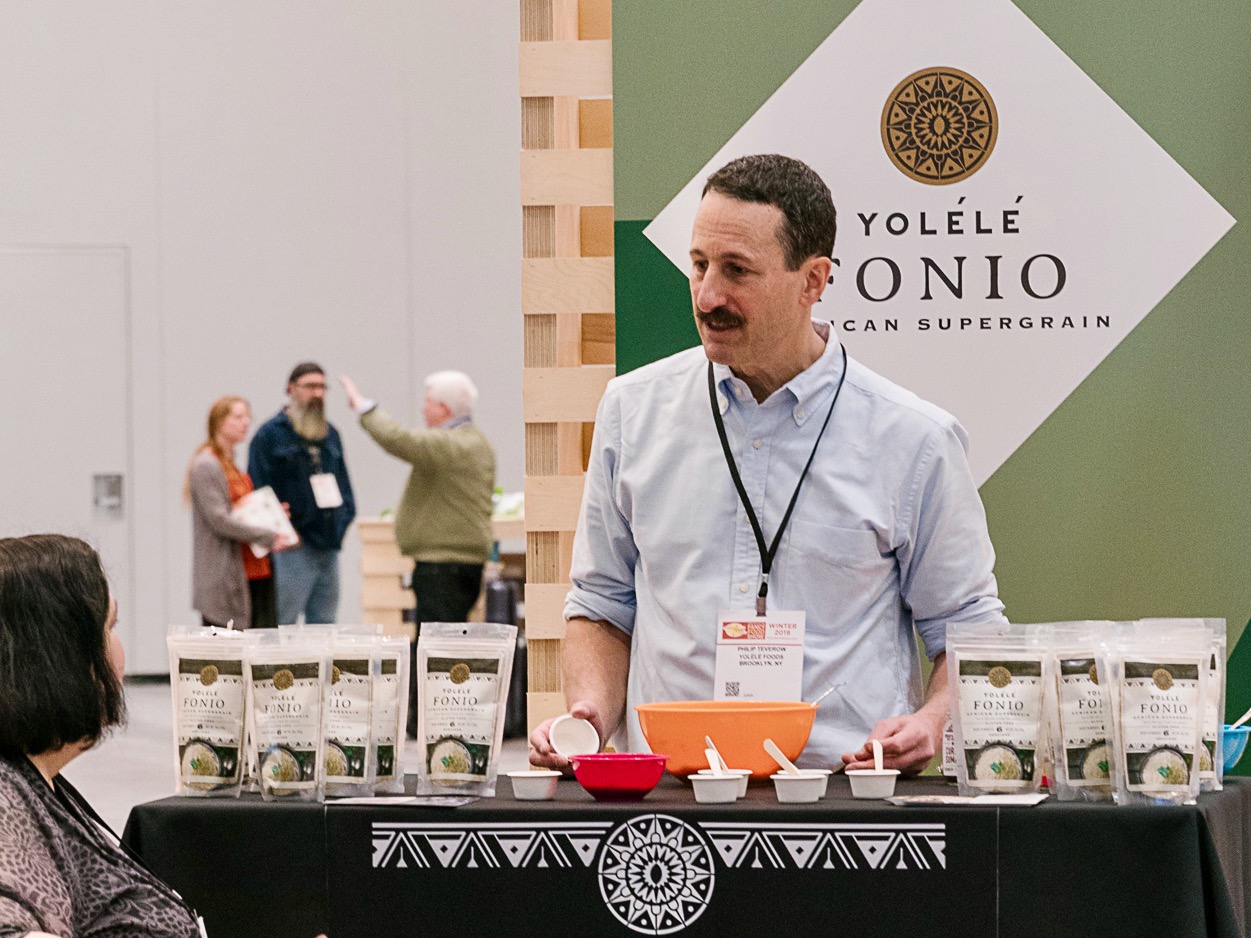
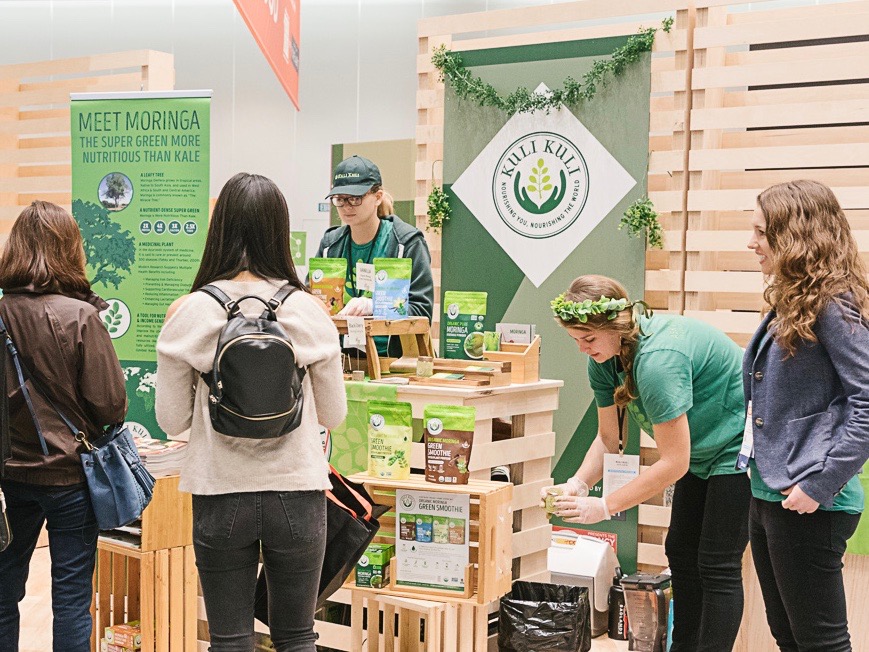
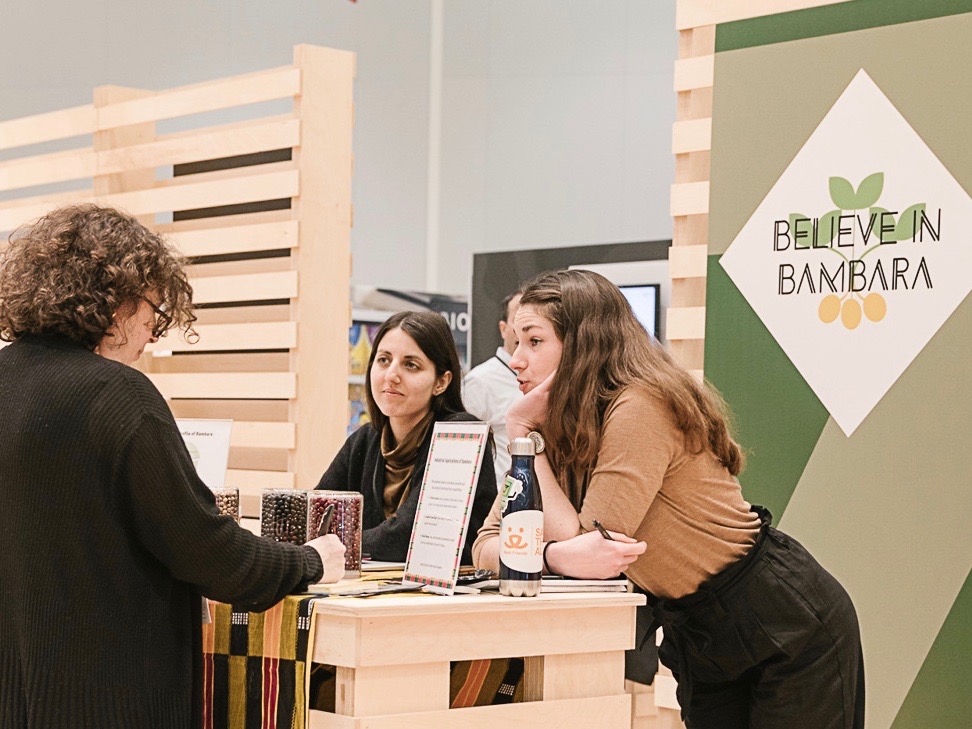

Supporting Biodiversity
Support the following brands whose ingredients support a more biodiverse food system




